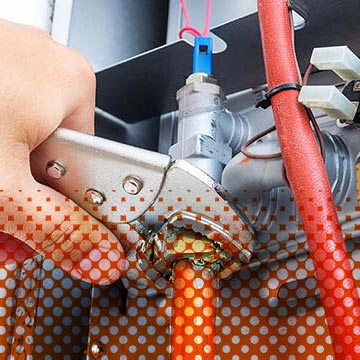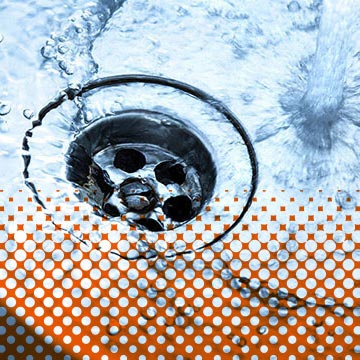Frequently Asked Questions
For More Information, Contact Seatown Electric Plumbing Heating & Air!
Indoor air quality is a broad term that refers to the comfort and breathability level of your home’s indoor air. There are several aspects to indoor air quality, including:
- Temperature: Most people are familiar with this aspect of indoor air quality as it refers to how hot or cool your home’s indoor air is.
- Humidity: This aspect of indoor air quality involves how much water vapor is in the air. High humidity makes for a muggy indoor air environment that negatively impacts comfort and makes breathing more difficult.
- Pollutant concentration: An important part of indoor air quality refers to how much contaminants are present in your home. Pollutants can lead to health complications and exacerbate medical conditions.
Odors can come from any number of sources. Generally, odors comes from gases, fumes, or tiny particles that get carried through the air in your home. Common odor sources for the average American home include:
- Pets: Our furry companions excrete oils, shed fur and dander, which people can perceive as an unpleasant odor.
- Food: Ordinarily, food doesn’t emit an offensive smell. However, foods with strong smells—such as garlic, onions, and fish—can linger for hours or days after cooking them.
- Fungus: Mold and mildew are the culprits for the stale, musty smell that plague some dwellings.
- Smoke: Smoke involves both particles and fumes that can smell unpleasant to some people and can even have an adverse affect on your health.
One way to counteract the negative consequences of odors is to use air purifiers and filtration systems. For example, high-efficiency particulate air (HEPA) purifiers filter out particles, such as pet hair and dander, mold spores, and food. However, they do not address odors from chemical fumes and gases. Some HEPA purifiers use ultraviolet light to sterilize microorganisms like bacteria and mold. Other filtration systems use advanced technology to either absorb odors or attack odors. For example, carbon air filters use activated carbon to absorb fumes and gases. Photo electricochemical exidation (PECO) purifiers generate charged particles that dissolves odors at the molecular level.




